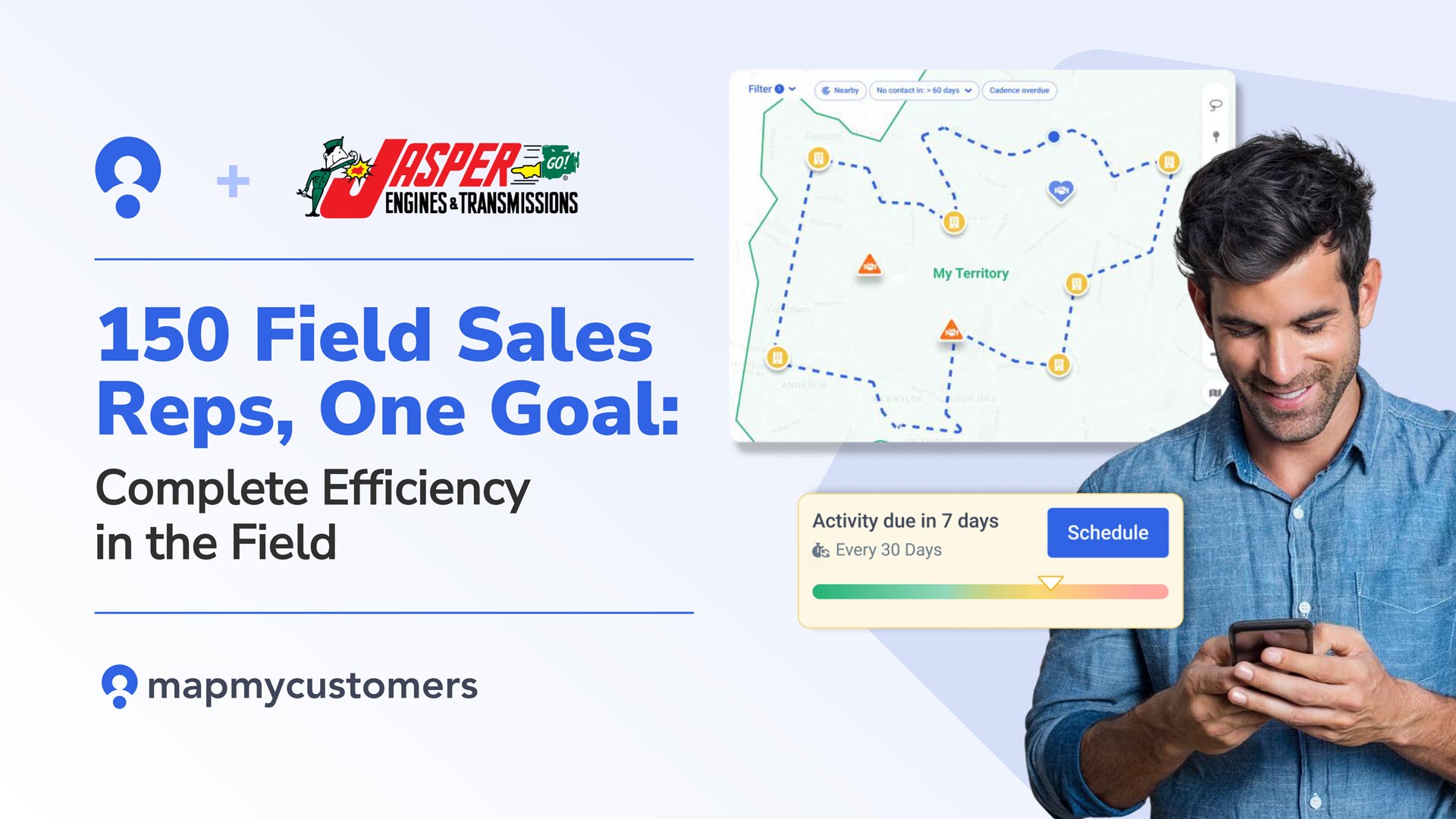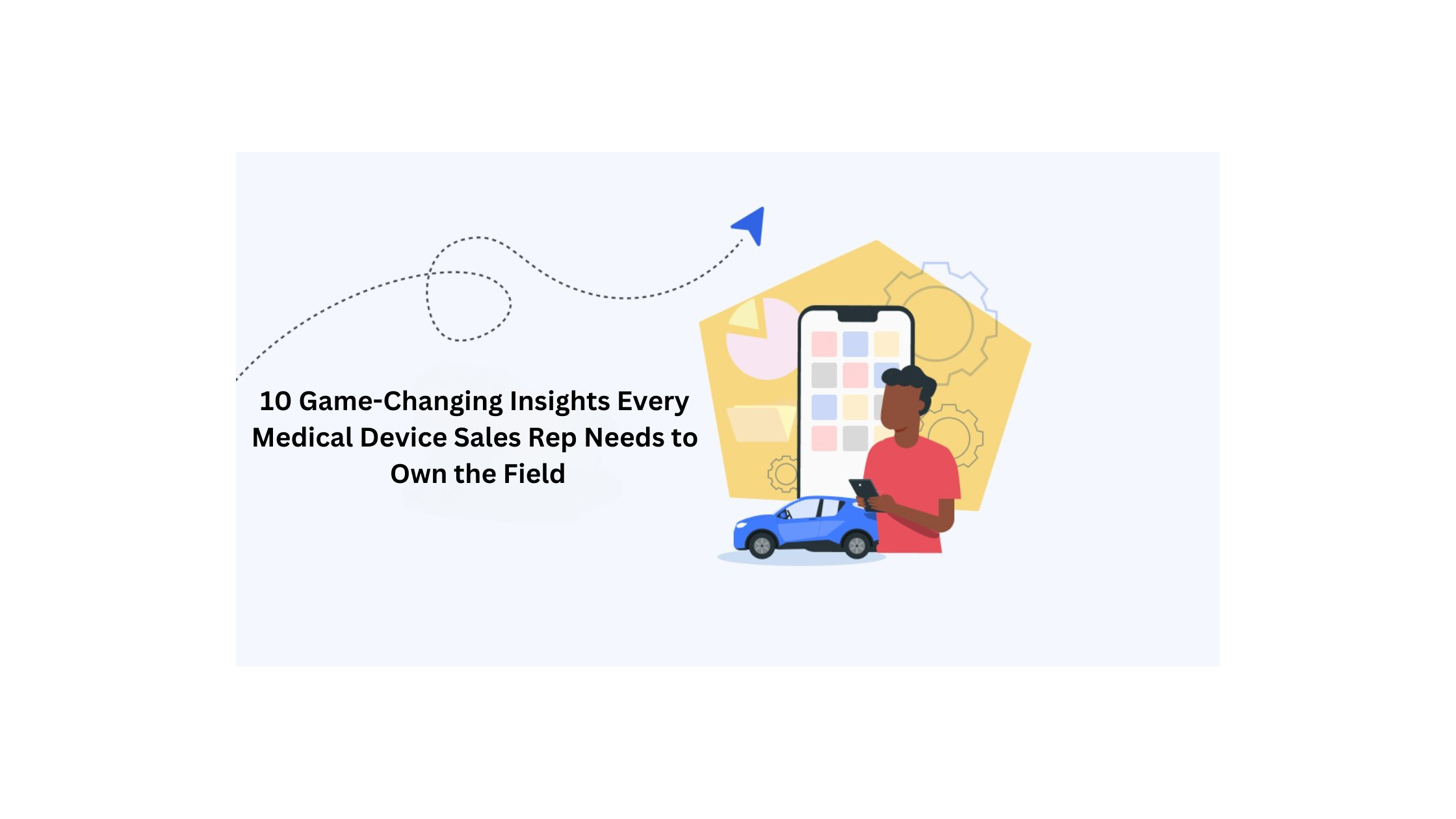It’s no secret that clients are demanding more personalized services, but this can start way before you provide the product you sell.
How? Through account based selling strategies.
You’ve probably heard about it, and chances are, you’re probably already doing some level of it as the philosophy behind it is as old as selling itself. But embracing it entirely can really make a difference. Gartner predicted it will become the default selling framework for most tech vendors that exceed $5 million in annual revenue.
Other organizations besides sales teams are also quickly adopting this strategy. According to one statistic quoted in Forbes, 92 percent of B2B marketers surveyed by SiriusDecisions think ABM is “extremely” or “very” important to achieving their goals of gaining new clients.
So let’s get into it.
What is Account Based Selling (ABS)?
Simply put, account based selling is a selling strategy that treats leads like accounts rather than a contact list. It’s about prioritizing personalized pitches to specific potential clients than broadcasting a generic pitch to a wide variety of prospective leads.
Any seller worth their rolodex does some customization of their pitch based on what they know about their clients. For example, you may already connect the dots between a general industry concern that your lead may have and a solution your product provides.
Indeed, some credit the first inklings of this strategy to a 34-year-old book by Stephen Heiman and Robert Miller called Strategic Selling. In it, they say the very DNA of a sales team must reflect the needs of their highest profile customers. In other words, it’s pursuing the highest valued leads with the most authentically matched version of a seller’s product. Win-win.
Photo by Helloquence 404 on Unsplash
But in its modern iteration, the entire process goes a bit deeper and incorporates data-driven insights. Plus, it requires a lot more buy-in company-wide. This requires a bit of a cognitive shift for sellers from just closing as many deals as you can to making sure every client is getting their individual needs met throughout the funnel and beyond.
How to tell if Account Based Selling is right for you.
Although all sellers can benefit from some aspects of this strategy, not all clients may need the high investment of time it needs to succeed. If you’re trying to decide what level of commitment you want to give to this, it’s worth it to spend some time thinking about both the clients you pursue and the culture of your sales team.
Account-based selling is especially helpful if…
- You’re more concerned with long-game than short game.
- You have a particularly expensive product.
- You are comfortable building relationships and cultivating
- You primarily interested in B2B clients (not B2C).
- You’re comfortable understanding and interpreting modern data-driven metrics.
That last bullet point is key. “[Data] quality isn’t optional; it’s a core component of your overall sales strategy,” says Entrepreneur magazine. Thinking through what data you want to collect and making sure it’s consistent will be incredibly important to making ABS scale efficiently.
Strategy #1: Know your potential client better than ever before.
Fire up LinkedIn, Zoominfo, and a search engine of choice — it’s time to get comfortable with research! But before you decide on the specific tools, it first starts with understanding what you’re trying to find.
If you’re wondering where to begin, just start with the right questions. Here are a few to get yourself in the right mindset:
- Who, exactly, is your ideal client? Identify their industry, size, projected revenue, market, and any other attributes that helps you understand them as a whole.
- What solutions matter to them? Lean into what they’re worrying about by tapping into the trade magazines, influencers, and performance metrics that matter to them.
- Who are the decision makers and where do they expect to be authentically be contacted? It may take up to 5 different decision makers to agree to purchase your product — look them up.
- What could you reasonably ask to learn more about prospective clients? If you’re wondering about something and can’t find it, explore how you might ask for it during a cold call or casual visit.
These ideal attributes should be consistently recorded in a flexible CRM that allows you to build a complete account profile rather than just contact information. Once you’ve collected the fields that paint an accurate picture of your ideal lead’s profile, make sure the form fields can be consistently filled for the many leads to come.
Strategy #2: Turn your leads’ needs into metrics that matter with the right CRM.
This goes beyond basic qualifying tactics or bland market research. This is the time to embrace deep data by using all of the data you’re collecting in a dynamic CRM that does the work you need it to do.
For example, Map My Customers has a function that allows a seller to quickly visualize the potential account size and locations of leads that can help efficiency uncover any market trends that correspond.
Once you have these clients identified, quick google searches or a look into the content they’re either creating or consuming can reveal personalized ways your product can help them work out a particular problem.
So think deeply about what kind of metrics makes a lead “sales-ready” in a ABS environment — and perhaps there may be different levels of readiness, too.
This also will require you to rethink your internal metrics of success. Instead of just the amount of leads you’re producing, you may have to reassess and identify data that speaks to quality over quantity. For instance, instead of the number of leads, it’s now about which accounts are progressing through the funnel and why.
Your CRM should also have clear ways to differentiate not only where they are in the funnel, but what took them there. By standardizing your process — such as crafting email campaigns or literal visits on the road — can strengthen your data in terms of what’s working and, more importantly, what isn’t.
Strategy #3: Work with your marketing team to craft messages that work.
The goal is for every client to feel like they’re in a market of one — and you are the one who can provide a solution catered to them. If you’re already doing this with your in-bound marketing strategy, you’re on the right track.
Your marketing team has likely navigated some of the tougher angles and probably has language you can use in your pitch. More than it just being effective, having a unified front will make your company appear more professionally aligned, like a well-oiled machine.
It’s very possible that your marketing team may have facts and figures that you don’t have, or even potential clients. This is because producing high quality, shareable content may guide their research in different ways than what you’re doing. So keeping a high level of coordination is key.
Here are a few questions you should ask your marketing team:
- What topics are most popular in your email newsletters, social media content, and the like?
- What feedback are they receiving through their surveys?
- What intent data are they asking for through e-book downloads, website visits, or email signups?
- What declared data do they use to anticipate the interests, attributes, or needs of both current and prospective clients?
Account based pitching
Account-based selling has a lot in common with the strategies advertising agencies use. They do a lot of similar research and then spend weeks or even months crafting the perfect presentation to win accounts with big brands or foundations.
Photo by Austin Distel on Unsplash
Seeing as sellers usually don’t have to coordinate celebrity talent or digital artists, don’t worry — it won’t take quite as much time for you. But it will take more time than you’re probably used to.
Here are a few prompts to get you started:
- Mention an award or any recognition they publicly received, and show how your product or service can anticipate the higher expectations or influx of customers that it may have brought them.
- Cite new statistics or studies that could be presenting a problem that you can help them solve.
- Consider each stakeholder’s specific pain points in managing the needs of their business and tell them an anecdote about how you solved a similar thing for another client (or share what you learned about their pain point through research).
This is also a good time to review the content your marketing team has made to see if they have (or will promptly produce) e-books, presentations, articles, infographics, or videos that can be used as resources that are complementary to your pitch.
For example, here is an infographic we have created specific to companies in the manufacturing industry and specific pain points they have around sales enablement.
After you’ve written your pitch or planned your course of action, remember to make sure it feels human. Sure, you’ve used a ton of data to get to this point, but sales is about relationships. You’re selling to a human, not an AI, after all. It should feel authentic, warm, and worthy of their time. If in doubt, ask one of your marketers for a second opinion!
Conclusion
When you don’t have the budget to rely on ubiquity created by huge ad spends, this strategy can really pack a punch — if you are willing to put in the work.
It’s both an art and a science. But these account based selling strategies will help you personalize a strategy that works for you — because it’s all about personalization, after all.





